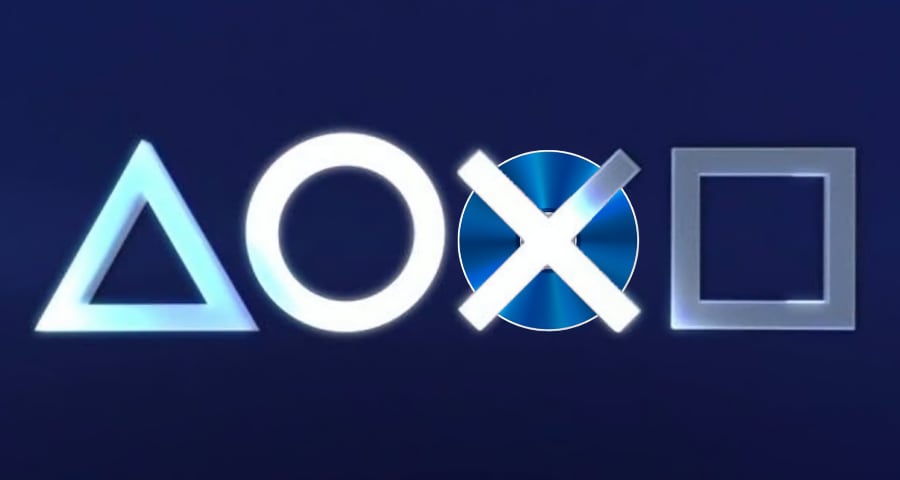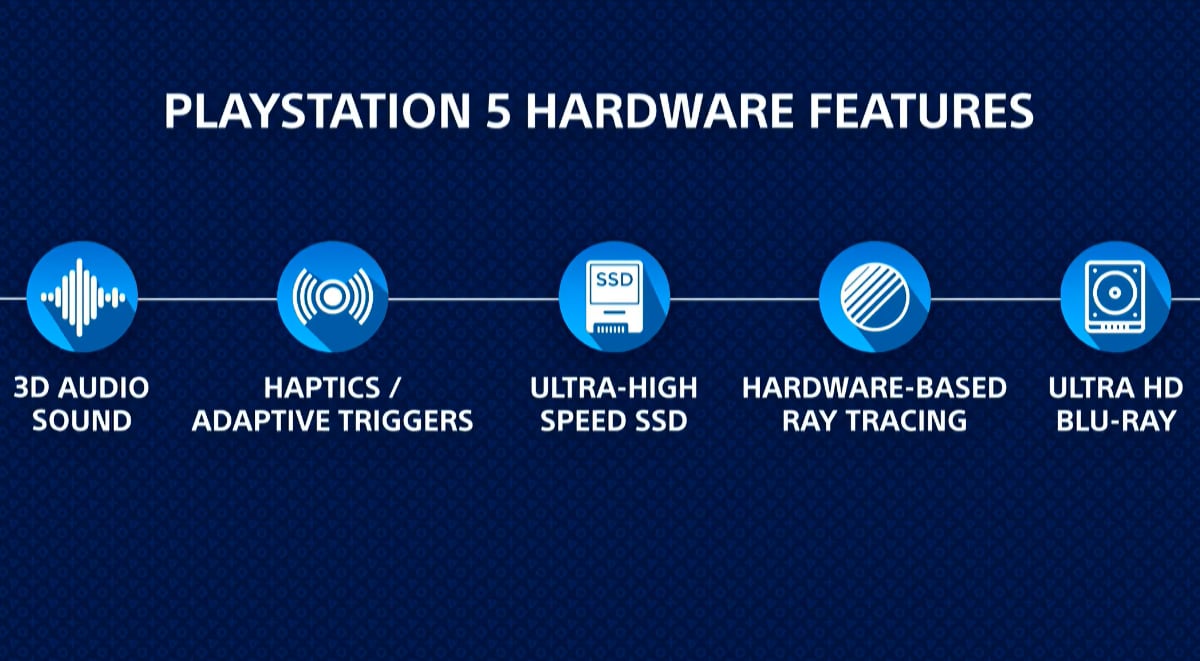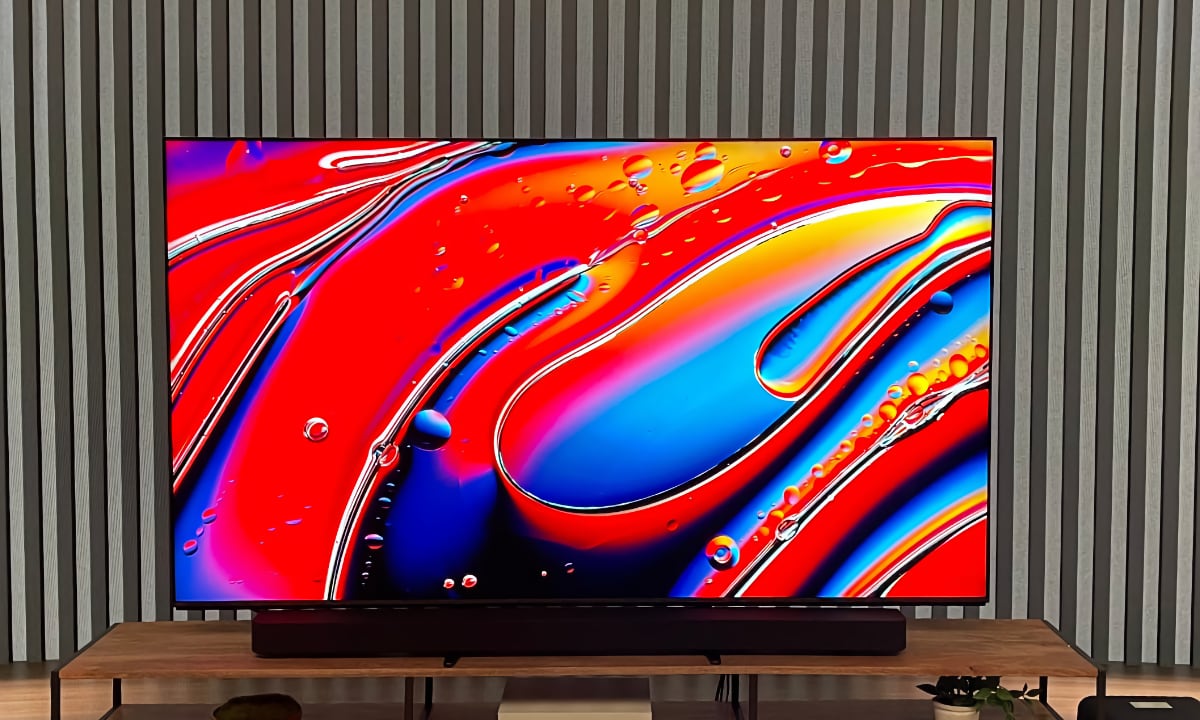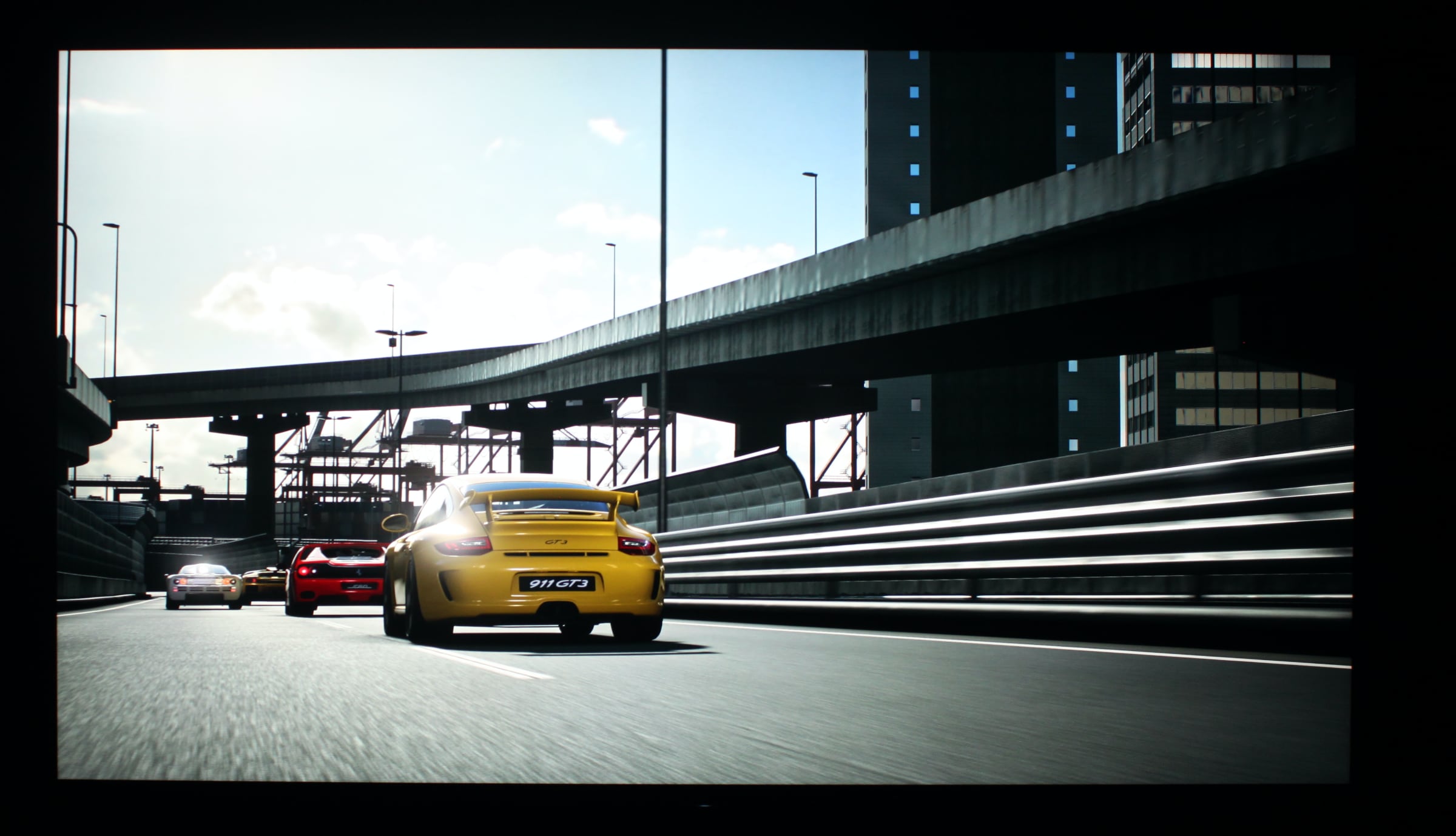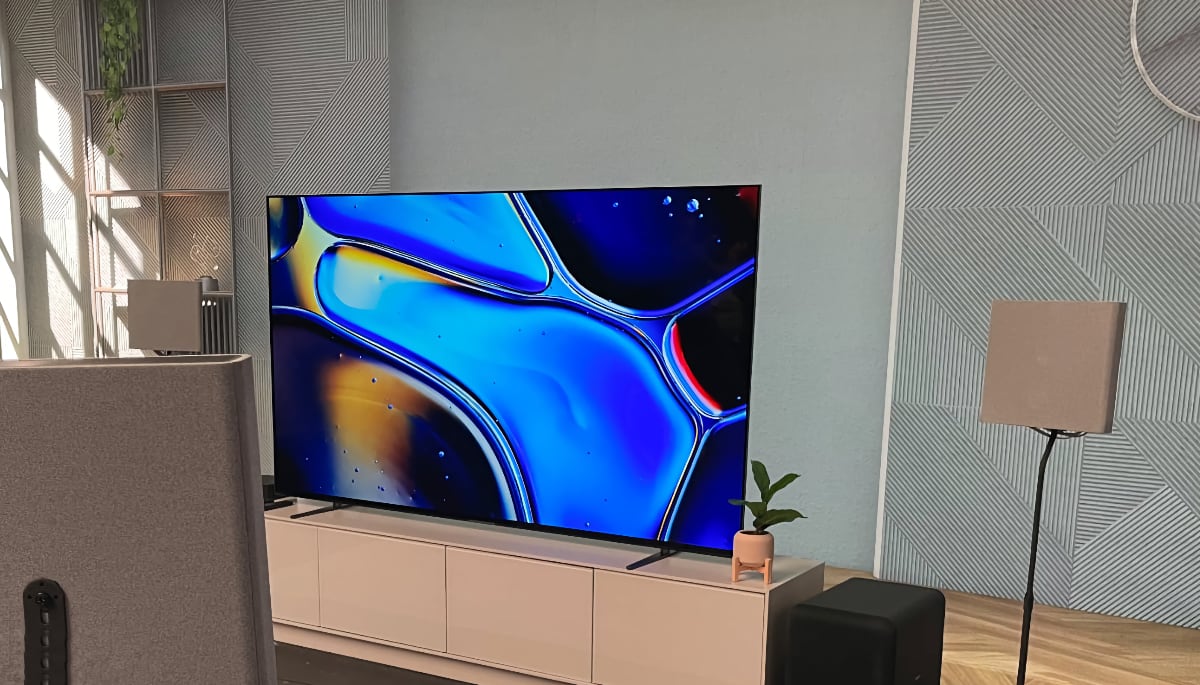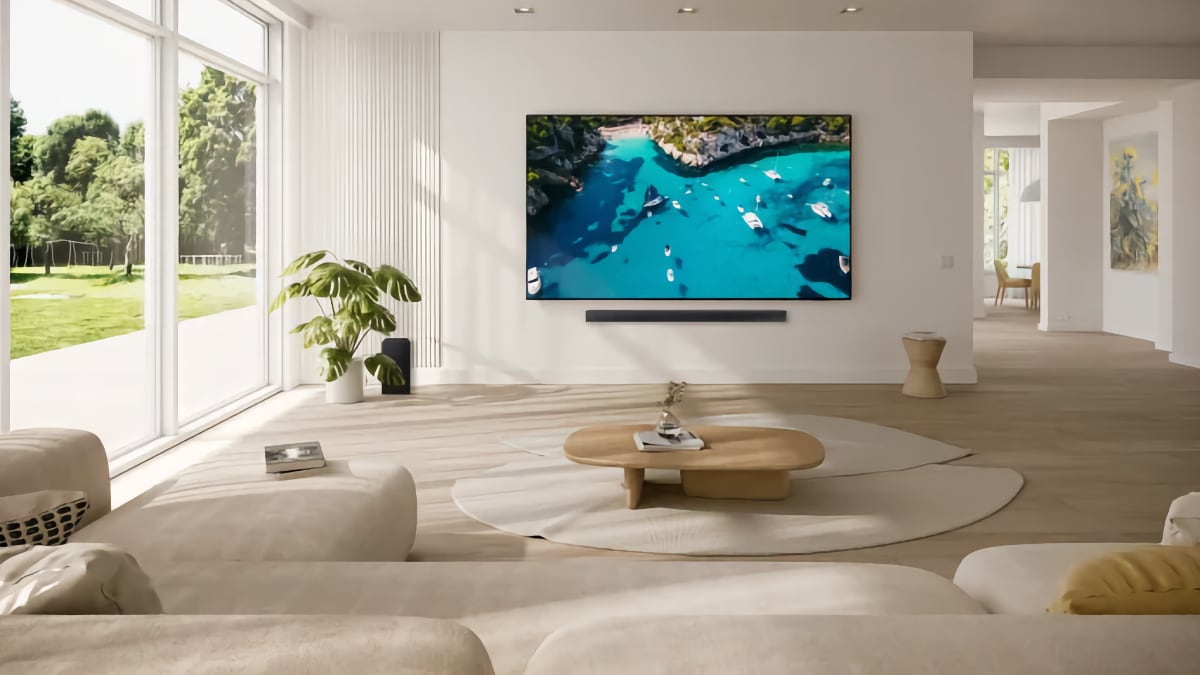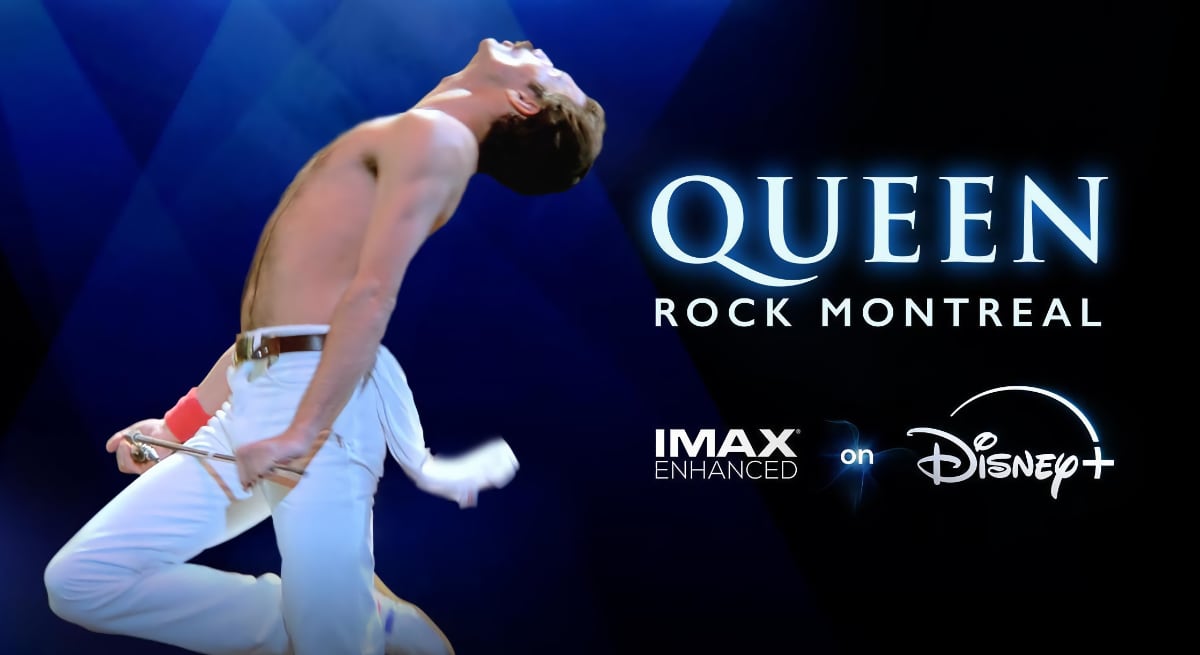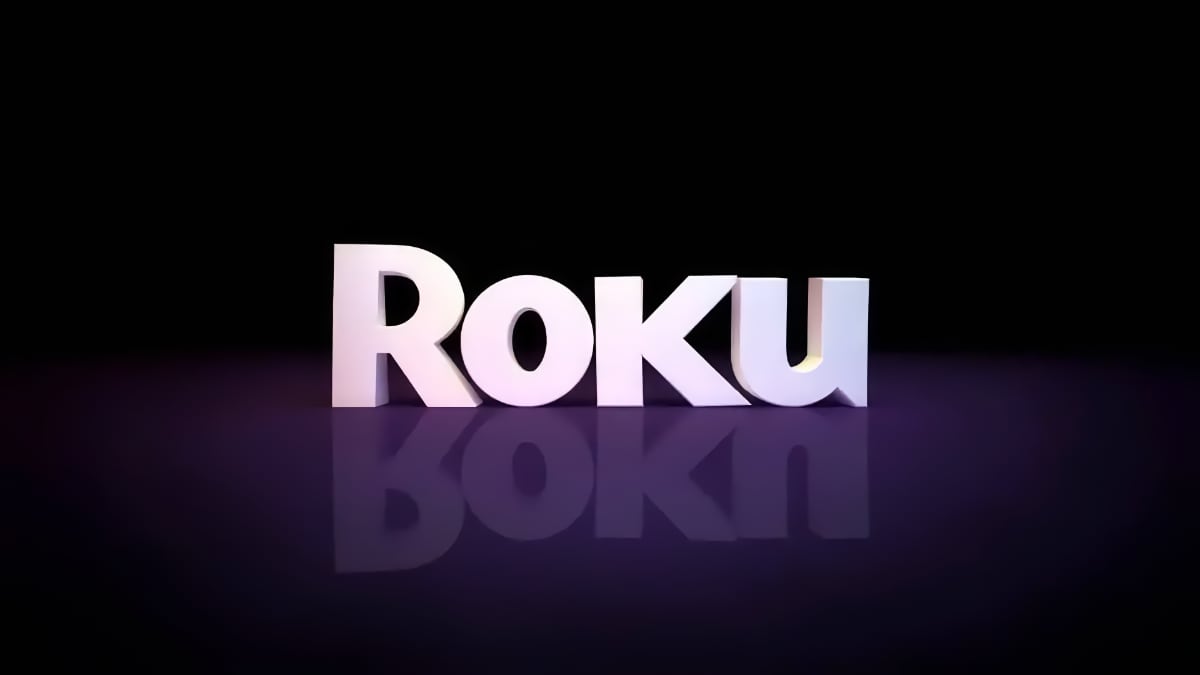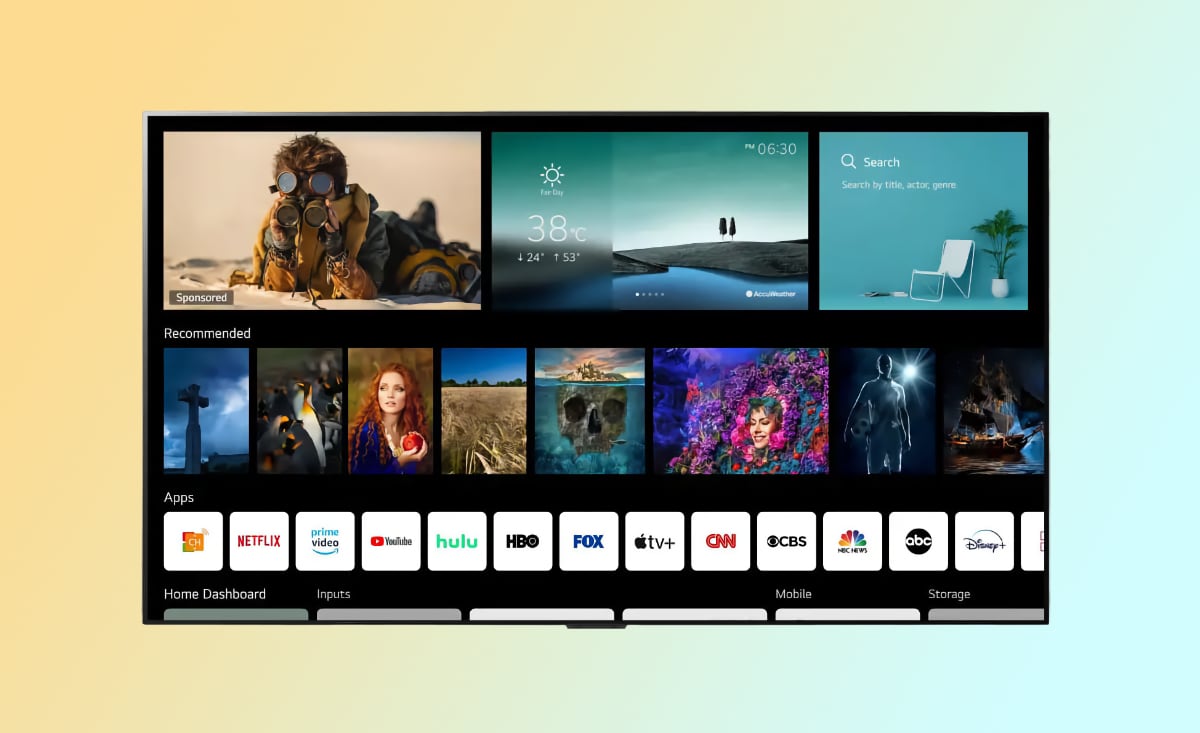What's the real reason PS4 Pro didn't play Ultra HD Blu-ray?
The console market is about to enter a next phase, as PlayStation 5 and Xbox Series X are about to launch. The previous cycle started seven years ago, and it’s been a peculiar one in at least one respect: Instead of keeping the specs exactly constant throughout the cycle, we got new, upgraded versions of the Sony and Microsoft consoles mid-way in the cycle. These upgrades, PS4 Pro and Xbox One X, were to address the emergence of 4K and HDR – two features considered too expensive, exotic and far out at the time the original PS4 and Xbox One launched, a decision that reality quickly caught up with. Since years, games consoles with their rich graphics and sound capabilities have been equipped and used as true media hubs, playing audio and video from a range of sources including optical discs, internet streaming, DLNA networks and USB devices. The new consoles promised 4K HDR gaming, but also 4K HDR video entertainment. Contrary to everybody’s expectations, PS4 Pro did not support Ultra HD Blu-ray playback. Sony pointed to the streaming future, but also in that department the PS4 Pro has eventually let us down.Background
A quick flashback: Four years ago, PlayStation 4 Pro saw the light. The enhanced console that was to cover the higher end of the market throughout the second half of PS4’s life span was going to usher in the age of 4K – an era that had actually already started by the time PS4 was launched in 2013 but was initially deemed too expensive to feature in the eighth generation of consoles. 4K gaming came, with varying results, as did HDR. But one thing was oddly missing: 4K movies on discs. Well, the movies were there alright, it’s just that PS4 Pro wouldn’t play them. Not because it was a pure games console – it wasn’t by specification or by usage. The unit did play DVD and Blu-ray Disc, two legacy video disc formats, for instance. And people used their console for many other things than gaming, statistics proved. Back then, I looked at the reasons why PS4 Pro should have offered Ultra HD Blu-ray playback, and the excuses Sony (and others, speculating) came up with why it didn’t. The most cited reason, the shift from physical media to streaming for media consumption, was clearly spin. While there is undeniably such a trend, it has not suddenly reversed. Yet PlayStation 5 will play Ultra HD Blu-ray. Also, the 4K HDR streaming future that Sony painted four years ago has not quite materialized, not the least because of other balls that Sony dropped. The Sony ULTRA streaming service for instance – then available only in the USA on Sony Bravia TVs – was never ported to PS4 or any device outside of Bravia TVs, and never rolled out to rest of the world, not even to Canada. Even worse: It was phased out entirely in 2019. Upon its launch four years ago, PS4 Pro had very poor support for UHD streaming:
- Netflix supported 4K but no HDR, only SDR
- Amazon Prime Video was in plain HD with no 4K and no HDR
- YouTube videos played in 4K but without HDR
- Vudu, like Amazon, was HD SDR only.
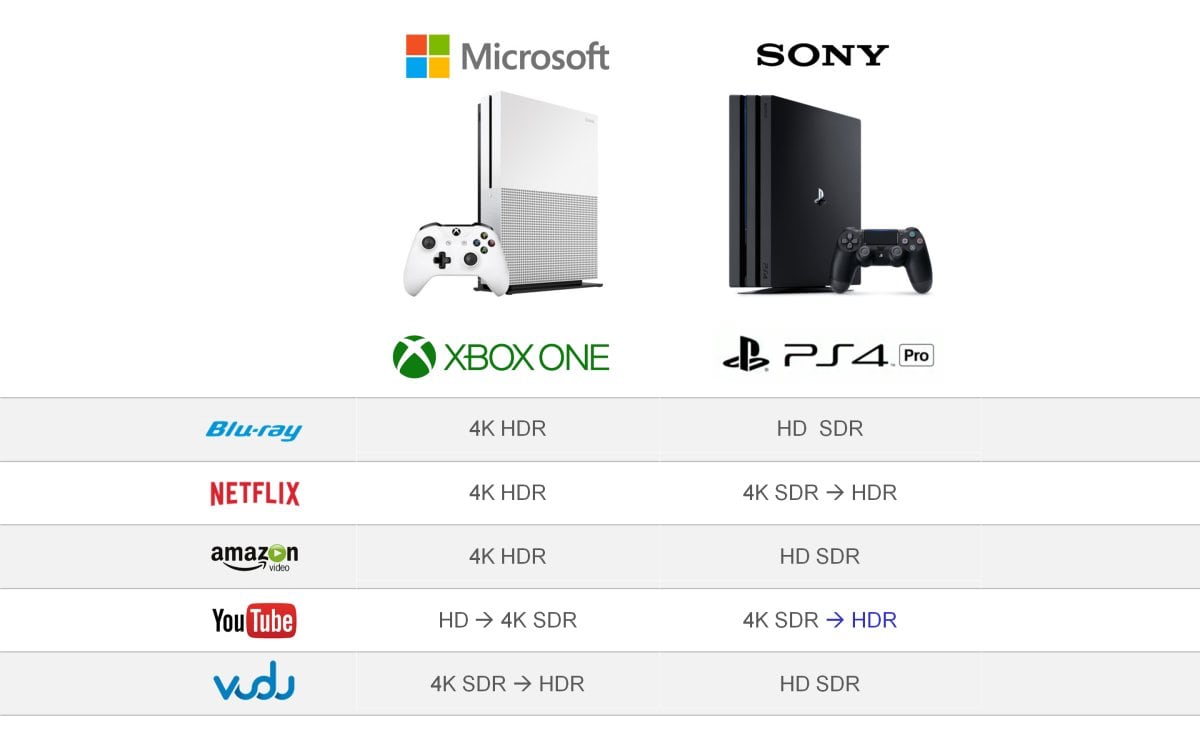 4K HDR support on 8th-generation consoles – the situation has not changed much since launch in 2017
4K HDR support on 8th-generation consoles – the situation has not changed much since launch in 2017
So what did go wrong?
Now let’s go back to the question about Ultra HD Blu-ray. The format, officially called “BD-ROM v3.0”, can be read by BD-ROM drives conforming to this level of the spec. These do not require a different laser or optics than the old type of BD-ROM drives for 25 and 50GB discs, only a different controller chip. This chip is newer but not inherently more expensive. The bill of materials and cost price for the drive will be the same. The old chip was likely already phased out by the time PS4 Pro launched, so why would Sony use that instead of the newer one? A couple of explanations are possible. 1. Perhaps their supplier had a stock of old drives or chips and was willing to sell them cheaper, and Sony took it as a cost saving. It wouldn’t be technically cheaper, but commercially still effectively cheaper. 2. Maybe Sony required a commitment for a very large number of drives, and their supplier was only willing to give this if UHD BD playback was not a hard requirement. In both case 1 and 2, there would be a mix of PS4 Pro units on the market with two different drives – one capable and one incapable of playing 4K discs, but as such a distinction is impossible to explain to consumers they’d have to go with the lowest common denominator, which meant no support for this. This explanation does not fully satisfy though, as there would have been a very obvious way to put such a supply mix to good use. After all, there were two new units: The PS4 Slim and the PS4 Pro. Market realities mean that the bulk of the volume could be expected to be for the cheaper unit. The logical decision would have been to equip the PS4 Slim with the more primitive drive and the PS4 Pro with the advanced type. What else can explain the odd product decision? 3. Perhaps Sony’s product development team made a bad component choice – not in the drive but elsewhere in the system. An honest mistake, but one with a dishonest cover-up. Does this sound far-fetched? Think again. You can compare it to the case of PS3 which originally did not support audio bitstreaming of Dolby TrueHD and DTS-HD MA via HDMI because of the choice of a rather limited HDMI chip. Later versions addressed this but software updates for earlier PS3 models could not overcome this hardware limitation. Also, the new HDMI chip did not remove the bottleneck that was the inability to output DSD Audio, the 1-bit 2.8 Mhz audiophile bitstream format used on SACD (Super Audio CD). Now if you know your PS3 history well you’re probably thinking: But the PS3 Slim did not play SACD anyway, unlike the ‘fat’ PS3. That’s correct but PS3 Slim did play so-called DSD Discs. To overcome the limitations of these HDMI chipsets that could not output DSD, all PS3s converted DSD on the fly to high-resolution (176.4kHz) PCM, in up to 5.1 channels. It’s possible such an unfortunate component choice for PS4 Pro (e.g. the wrong HDMI chip) was not a mistake but a conscious decision, either because 4. It was cheaper (in the order of magnitude of pennies) or 5. It had better availability. Either way, it’s a pity this decision was made, as playback support in the PS4 Pro would undoubtedly have helped the Ultra HD Blu-ray disc format further along in its competition with regular Blu-ray and 4K HDR streaming. It’s not much of a consolation that PS4 Pro didn’t do as much for the propagation of 4K HDR streaming either as it could have. It’s great news then that PS5 will fix this error, but it also highlights that the excuses as to why PS4 Pro lacked this feature (a trend towards streaming) were pure spin. The most credible explanation remains “supply chain issues”.Further mysteries
Somewhat related to this: It remains a mystery why PS4 didn’t play CD-DA (Compact Disc Digital Audio). Some think this was a conscious move to get people to sign on to Sony’s PlayStation Music streaming service. Others think it was a glitch. That appears to be disproved by the Homebrew community, who have shown that when you run VLC player on Linux, PS4 will play Audio CDs just fine. But why did Sony promise to fix this and never solved it in seven years? It’s pretty much the first device with an optical disc drive since the launch of CD in 1983 that didn’t play CDs. Some speculate it’s because offering CD playback would require a fancy user interface that fetches metadata such as artist names, titles, track info and cover art, but would it really? The PS3 didn’t do any of that yet CD worked fine (in the XMB), while PS4’s Media Player application offers such a UI and works fine with MP3, MKV and so on, so why not with Red Book CDs? The interesting question for now is: Will PlayStation 5 play CD? We’re about to find out soon.Yoeri Geutskens graduated in Industrial Engineering & Management Science with a thesis on the videogames industry. He’s been Philips’ resident games industry observer for over a decade. He’s worked at Philips Optical Storage and Philips Consumer Electronics, in product management for DVD Recorders and Super Audio CD players, and together with Sony on standardization of the Blu-ray Disc format. At NXP Semiconductors he was Business Creation Manager for the videogames industry. Yoeri is also author of the PS3 SACD FAQ and blogs about 4K/UHD and Ultra HD Blu-ray. He’s been playing games since the first console generation. His first games console was an Odyssey 2100.

